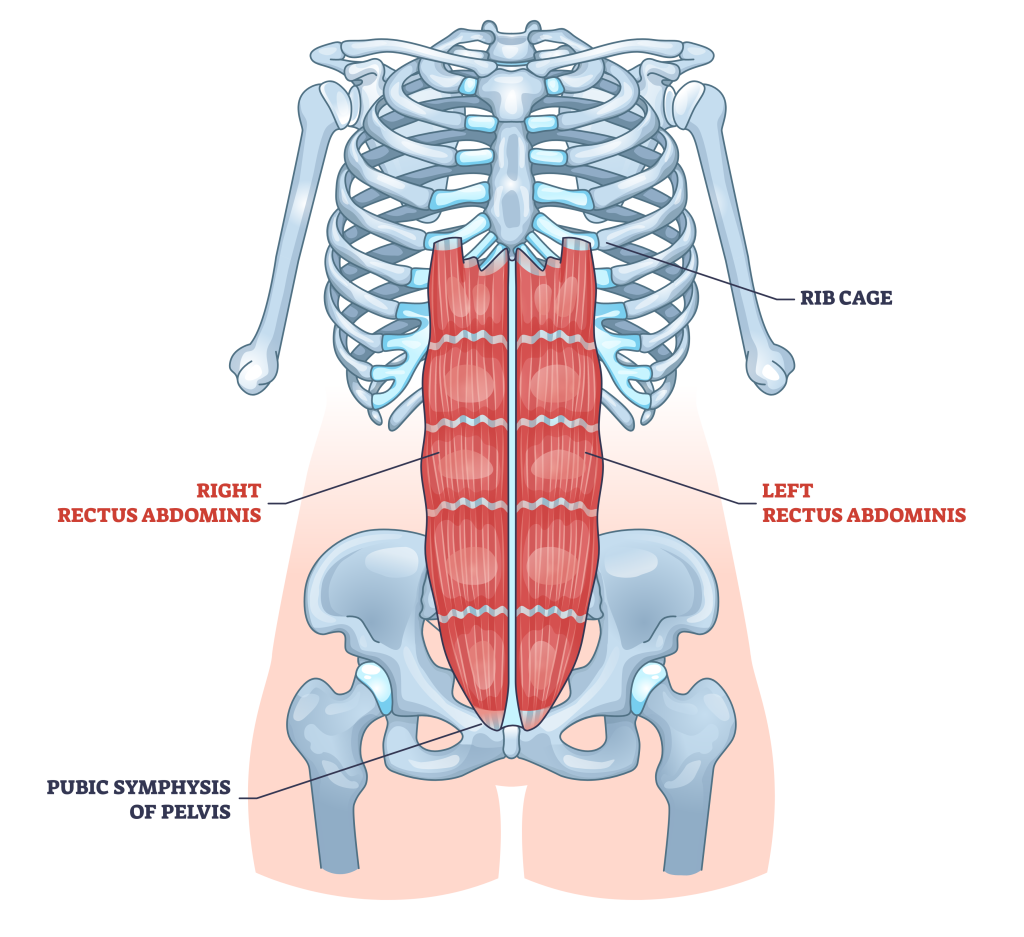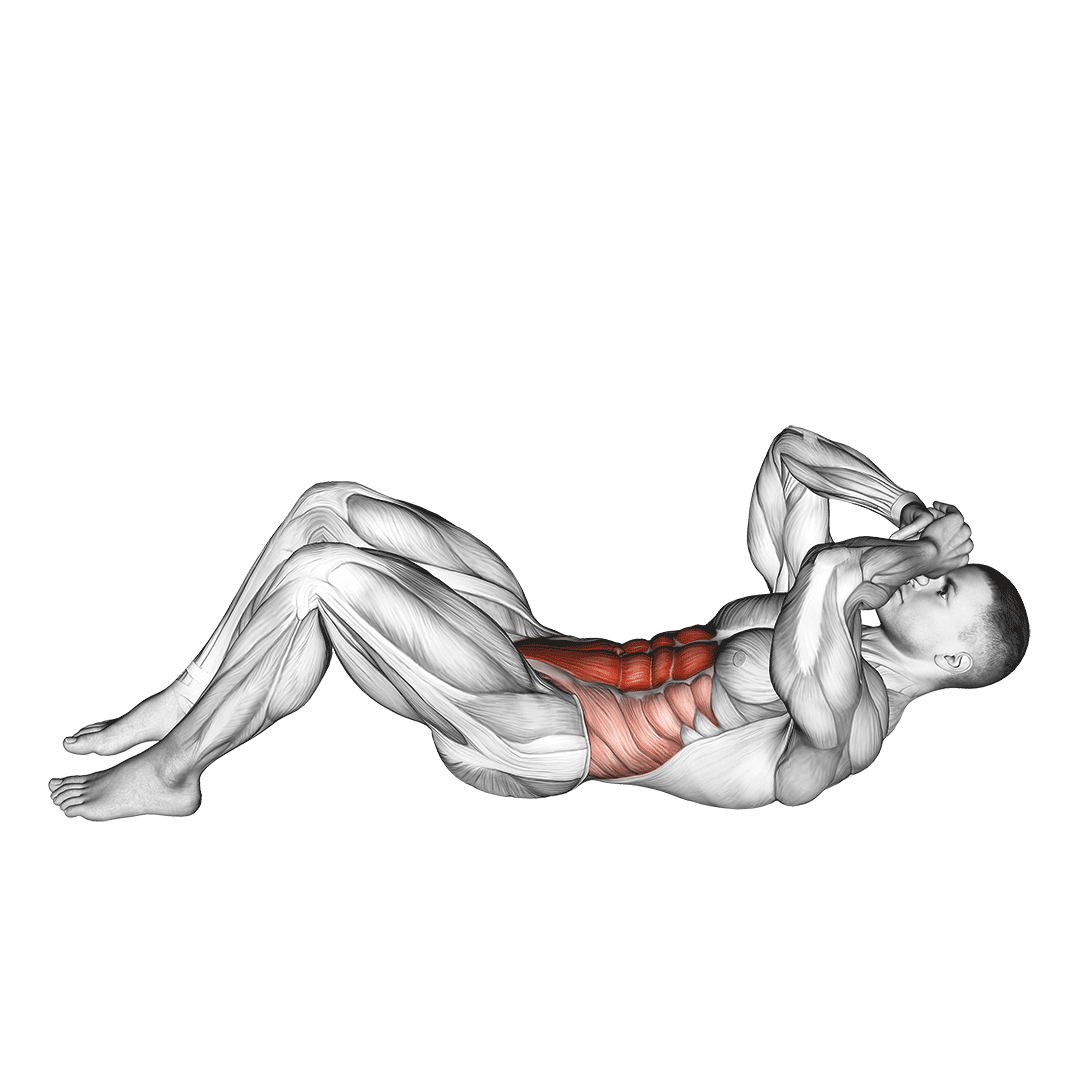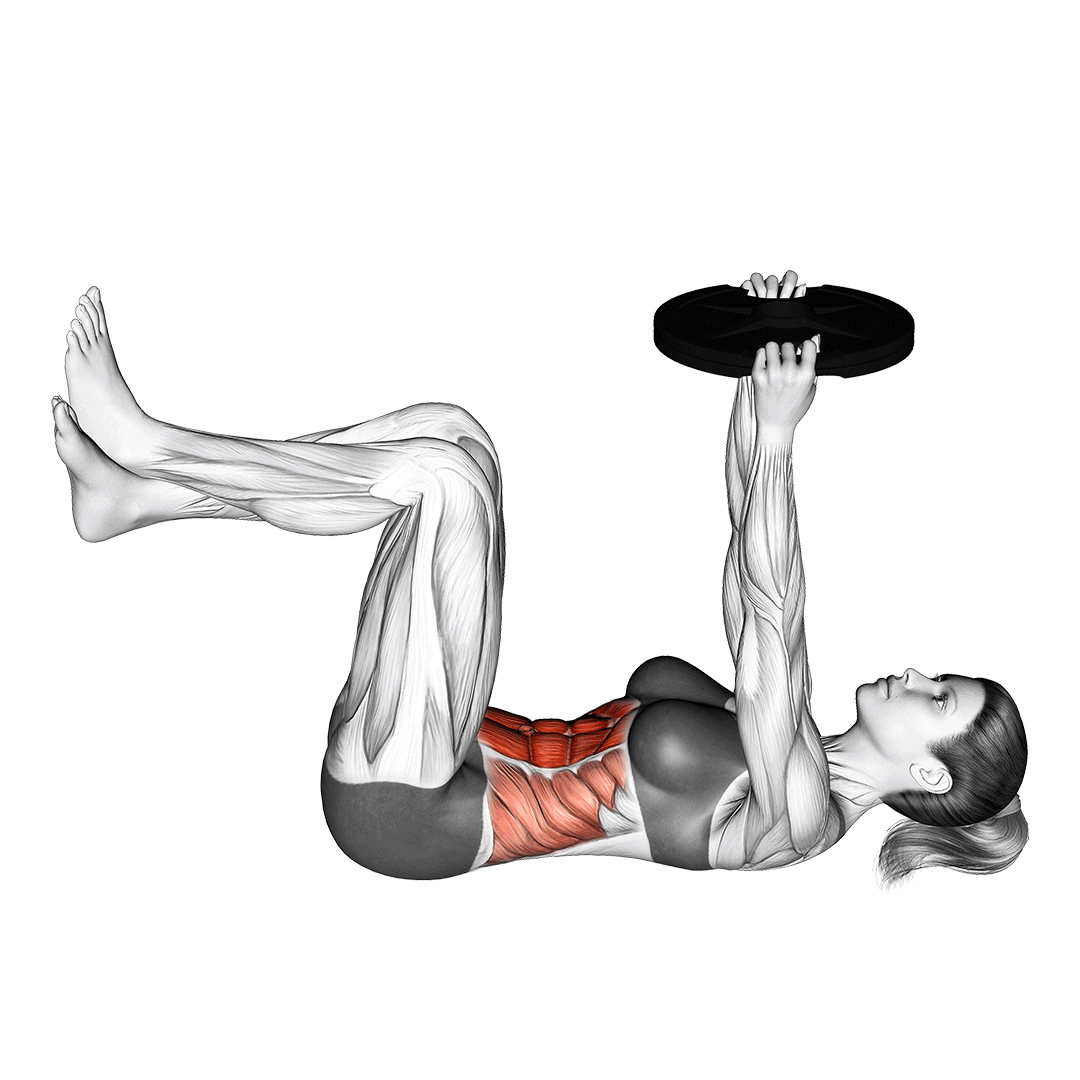What are the Benefits of Doing Weighted Knee Crunches?
Weighted knee crunches are a free weight isolation exercise meant to target the abdominals and obliques through high volume sets.
Weighted knee crunches offer a number of benefits over conventional crunches and sit ups.
Benefits of Weighted Knee Crunches
Excellent for Developing the Core Muscles
The main advantage to doing weighted knee crunches is their effectiveness at building the core musculature - especially the abdominal muscles.

With the right form and a moderate amount of weight, few exercises are capable of building as much strength and stability in the core as the weighted crunch.
Because the lower body remains largely stationary throughout the entire set, weighted knee crunches will target the upper section of the abs the most. Try combining them with hanging leg raises for an even more comprehensive core workout session.
Comparatively Easier on the Lower Back
In comparison to sit-ups or a few specific other forms of core isolation work, the weighted knee crunch is considerably easier on the lower back and the spine.

Less strain and a lower risk of injury equate to the crunch (be it weighted or not) being arguably superior to these exercises for just about any lifter.
Of course, this assumes that the weighted knee crunch is performed with correct form. Avoid raising the lower back off the ground at any point during the set, as this will essentially turn the movement into a sit-up and negate this particular safety benefit.
Allows for Progression and Scaling
One major issue bodyweight athletes encounter in their training comes in the form of progression. The usual approach to the muscles adapting to training is to simply increase volume further and further.

However, this inevitably leads to athletes needing to perform dozens of repetitions in a single set just to reach their desired training intensity - especially for isolation movements like crunches.
Fortunately, the use of additional weight offers a ready alternative that reduces the risk of overuse injuries and saves the athlete time. Rather than steadily increasing volume per set, lifters can instead aim to slowly add more weight in small increments over the course of numerous training sessions - thereby driving their muscular development.
On the opposite side, it is also possible to scale back the weighted knee crunch so as to allow for greater recovery or other core exercises to be included into the workout. This benefit is also not present in unweighted crunches, as the closest thing would be to perform partial repetitions to achieve a lesser intensity.
Reduces Volume Required
As mentioned previously, strictly bodyweight athletes tend to perform significantly more volume than lifters who make use of weighted equipment. This is simply because each repetition of a weighted exercise is considerably more intense and fatiguing than a repetition of its unweighted counterpart.
Excessive training volume will not only consume more energy and take up more of the exerciser’s time, but also potentially lead to repetitive strains or overuse injuries due to the sheer number of repetitive motions performed.
These issues are particularly common with traditionally bodyweight isolation exercises like the crunch - something that is easily corrected by simply adding weight.
For individuals new to the weighted knee crunch, aim for somewhere between 8-20 repetitions with a low amount of weight at the start.
Meshes Well in Most Programs
Despite its comparatively greater intensity to unweighted crunches, the weighted knee crunch nonetheless shares the same benefit of being quite easy to program. So long as total core training volume is tempered, then it can easily be thrown into the end of a workout session for greater abdominal training stimulus.
Carryover to Other Exercises and Movements Involving the Abs
Because the weighted knee crunch is a highly intense dynamic movement, the muscular development derived therein carries over to exercises with a similar movement pattern.
Rising out of a heavy back squat, getting out of bed and performing practically any athletic activity that requires stabilization of the trunk area are all indirectly improved by regularly performing weighted knee crunches.
References
1. Sundstrup E, Jakobsen MD, Andersen CH, Jay K, Andersen LL. Swiss ball abdominal crunch with added elastic resistance is an effective alternative to training machines. Int J Sports Phys Ther. 2012 Aug;7(4):372-80. PMID: 22893857; PMCID: PMC3414069.
2. Escamilla RFLewis CBell D, et al. Core muscle activation during Swiss ball and traditional abdominal exercises. J Orthop Sports Phys Ther 2010. May;40(5):265–76
